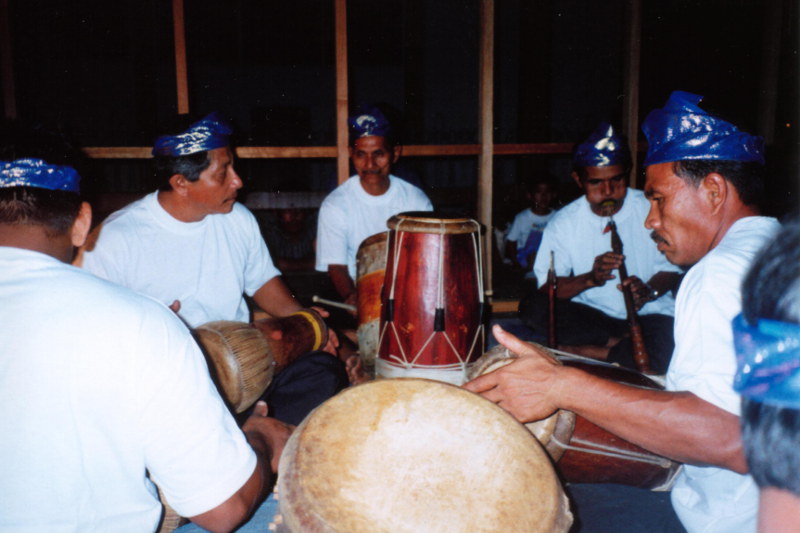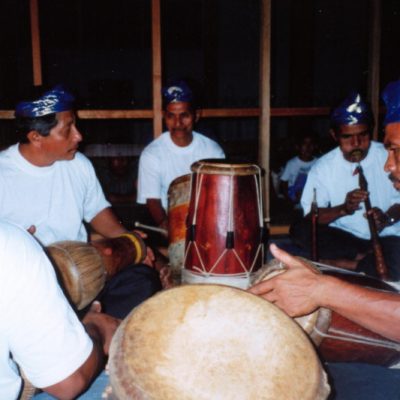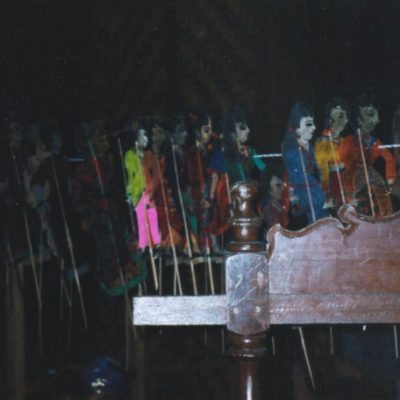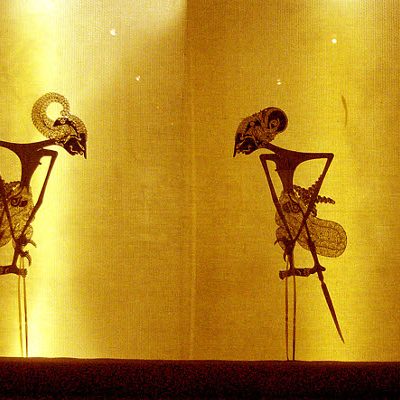One of the “filler” courses I took while at Acadia University was called Peoples and Cultures of Asia. After the first few classes I no longer considered the course “filler” because I was so intrigued with the discussions that it forever cemented my desire to visit Asia. (In an ironic twist, I ran into the professor who taught the class in Sri Lanka — but that’s another story about the six degrees of separation).
Peoples and Cultures of Asia was the first time I’d ever heard of shadow play. Shadow play is an ancient form of story telling found throughout Asia. It uses opaque figurines on a background to tell old folk stories. In North America we’d call this shadow puppetry.
In Malaysia shadow play is called Wayang Kulit and while in Terengganu I attended a Wayang Kulit show that acted out stories from the Ramayana. It could have been the Ramayana (which I saw in many different forms in India) but I had the impression that the puppeteer made creative changes to the story as he went. There were funny characters with funny voices (sometimes referred to as clown-servants), royal puppets in elaborate dress, and funky demons — all of which are controlled by the Tok Dalang or puppet master. There could be upwards of 40 puppets and each one is handled by the Tok Dalang.
Behind the Tok Dalang. sits the orchestra who play music seamlessly with the improvised storyline put together by the puppet master. I remember thinking during the three hours we watched that everyone involved with the show had tremendous skill, endurance and patience to maintain such an energetic storyline.
* Shadow puppet photo taken by Gunawan K and distributed under the terms of the Creative Commons Attribution 3.0 License.




0 comments on “Shadow Play of Terengganu”Add yours →